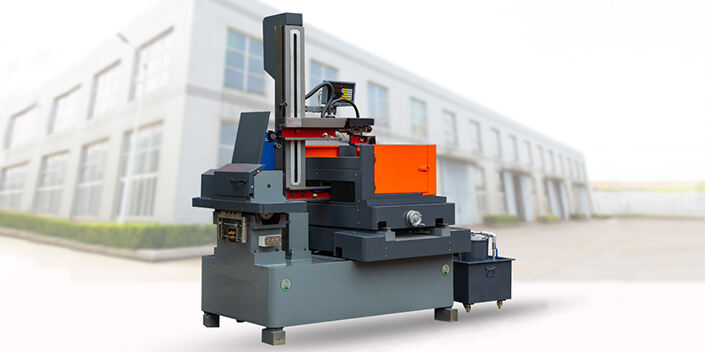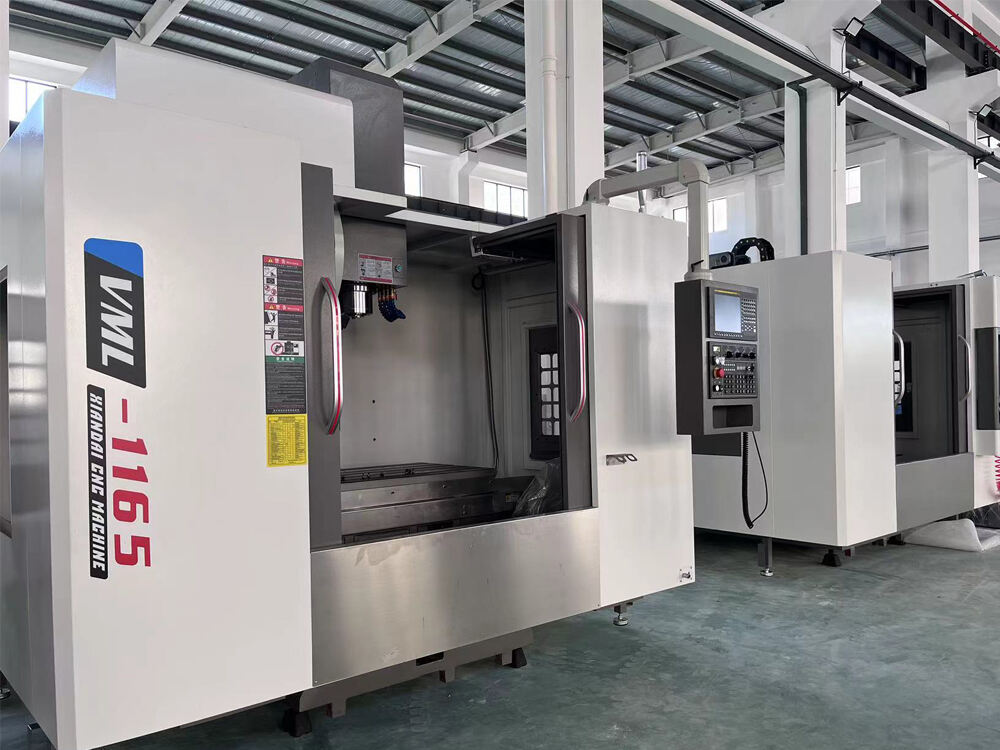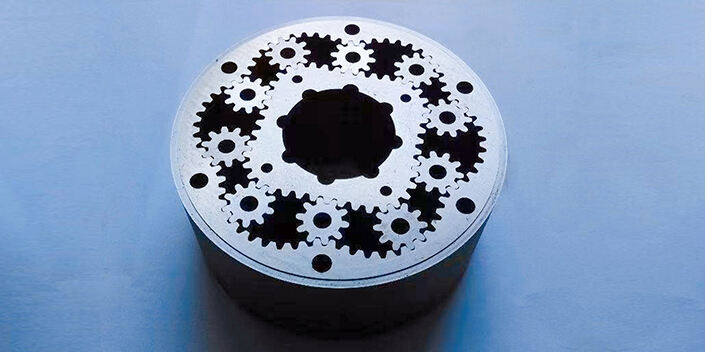Optimizing Shielding Gas Management
Electronic Welding Regulators for Gas Savings
Electronic welding regulators are really important when it comes to getting that precise control over gas flow, something that makes a big difference both in saving gas and making better welds overall. Traditional regulators just don't cut it most of the time because they have trouble keeping those flow rates steady throughout the job. That's where electronic ones shine since they make adjustments all on their own based on what's happening right there at the moment. These automatic changes help reduce mistakes people might make manually adjusting things and get just the right amount of gas flowing for whatever welding task needs doing. Take Regula's work as an example here. Their technology has been built into products like ABICOR BINZEL's electronic regulators, showing how much more efficient these systems actually are compared to older methods.
Old school regulators tend to waste gas because they can't handle fluctuations well, while electronic welding regulators actually help cut down on operational expenses. Some shops report saving around 30% on gas usage when switching over, though results vary depending on what kind of work they do. The savings aren't just about money either. Gas tanks last longer when properly regulated, meaning fewer trips to replace them and less downtime for workers. What really matters though is how these electronic systems keep the welding arc steady throughout the job. When gas flows consistently, welds turn out better every time. For manufacturers looking at their bottom line, upgrading makes sense both financially and quality-wise. Shops that made the switch typically see improvements across multiple areas of their operations.
Real-Time Monitoring to Reduce Waste
Monitoring technology during welding processes helps track performance metrics and cut down on wasted materials. With these systems running continuously, welders spot problems like leaks or inefficient operations right away instead of waiting for them to become major issues. Fixing these problems fast saves money because less material gets wasted over time. When companies install this kind of tech, they catch irregularities in things like flow rates or pressure before they mess up the whole operation. This keeps the welding process running smoothly most of the time, which naturally boosts overall productivity across manufacturing facilities.
A lot of businesses out there are seeing real benefits from adding real time monitoring to their operations. Take it from those who've actually implemented these systems they report cutting down on wasted gas while boosting productivity across the board. The numbers back this up too many different sectors have seen actual drops in waste levels when they started tracking things closely. Companies using this tech aren't just saving money on gas costs either. Their welding processes run smoother as well, which means better quality work without compromising safety standards or production timelines.
Enhancing Robotic Welding Efficiency
Nozzle Reaming for Consistent Arc Starts
Proper nozzle reaming is really important for getting consistent arc starts when working with robotic welding systems. Keeping those nozzles free from dirt and blockages helps prevent all sorts of problems during welding runs. When there's too much spatter buildup or debris clogging things up, the whole process gets messed up. According to research from the Journal of Welding Research, shops that stick to regular nozzle cleaning routines see their downtime drop quite a bit, which means better productivity overall since fewer welds end up defective. The material choice matters too – going with tougher materials for reaming work actually makes equipment last longer between replacements, cutting down on how often maintenance crews need to step in. These kinds of practical approaches make all the difference in running a smooth welding operation day after day.
Cable Length Optimization to Minimize Downtime
Getting the right cable length sorted out in robotic welding systems makes a big difference when it comes to how well the machine moves around and gets the job done efficiently. When cables are either too slack or too tight, they create all sorts of problems like resistance buildup and heat issues while running, which often leads to failed welds and frustrated operators. Real world testing across various manufacturing facilities has shown something pretty clear: shops that get their cable lengths just right experience fewer stoppages and run smoother operations day after day. The sweet spot seems to be when the cable runs match exactly what the equipment needs without any extra slack hanging around. For manufacturers looking to keep things running smoothly, working closely with original equipment manufacturers for customized cable solutions pays off handsomely in reduced maintenance calls and better production numbers at the end of each shift.
Electronic Gas Management Integration
When electronic gas management systems get hooked up with robotic welding machines, productivity takes a big leap forward because operations run much smoother. The way these systems work together creates better coordination between gas flow control and actual welding settings, which cuts down on costs and makes those welds look cleaner too. Some real world examples show businesses saw their output jump after installing these electronic systems, proving why so many shops are making the switch nowadays. As tech continues to evolve, we can expect even smarter gas management features down the road that will make robotic welding setups work better than ever before. Companies adopting this tech typically see less need for hands-on adjustments during production runs, something that fits right into what manufacturers want most these days - getting more done without spending extra money.
Leveraging Multiprocess Welding Systems
RMD Technology for Back Purge Elimination
Regulated Metal Deposition or RMD tech has become pretty important for getting rid of back purging issues in various welding jobs, especially when working on pipes. Welders who switch to RMD find they spend less time getting everything ready before starting their work while still achieving better quality welds. The process goes much quicker since there's no need to pay extra for expensive argon shielding gas during operation. What makes RMD stand out is how consistently it deposits metal onto surfaces, which actually cuts down on those annoying defects that tend to pop up with older welding techniques like porosity problems and incomplete fusion areas.
Looking at real world examples from companies like De-Cal reveals some pretty impressive results when they implemented RMD technology. The welders found that their root reinforcement became much more consistent, and they were able to work faster overall which actually doubled how many jobs they completed in a given timeframe. What's interesting is how well this tech works particularly in sectors such as oil and gas. When workers eliminate the need for back purging during operations, they save both time and money, giving these businesses a real edge over competitors who haven't made the switch yet.
Transitioning to Flux-Cored Welding Processes
Switching to flux cored welding gives manufacturers some real benefits compared to older techniques, mainly when it comes to getting work done faster and handling different materials. When shops make the move to these processes, they typically see their welding jobs go quicker since fewer passes are needed on those thick wall pipes that take so long with conventional methods. The actual welding moves along at a better pace too, depositing material much faster than before. For fabrication shops dealing with large diameter piping systems, this means completing projects in less time without sacrificing quality standards.
Looking at industry data, most shops report better productivity after switching to flux cored welding. When making the switch, there are some key things companies need to do right. First off, proper training for the welders is absolutely essential. Many shops forget how important it is to get everyone comfortable with these new techniques before ramping up production. Getting the equipment set up correctly matters too since improper configurations can negate all those efficiency gains. The bottom line is that when done properly, flux cored welding saves money on operations while keeping quality high. Most manufacturers find they can handle bigger orders without breaking a sweat once they've made the transition from older welding methods.
Precision Techniques for Seamless Integration
EDM Wire Cutting for Accurate Pipe Preparation
EDM wire cutting, which stands for Electrical Discharge Machining, plays a key role in getting pipes ready for welding where accuracy matters most. The process works by running an electrified wire across metal surfaces, creating sparks that cut through materials with remarkable precision. This makes it especially good for complex pipe shapes and detailed contours that would be difficult to achieve any other way. What's really nice about this method is that it cuts down on wasted material because there's no need for all that extra grinding or fixing later on. When pipes are prepared this way, the resulting welds tend to be much better quality with fewer problems and stronger overall structure. Many companies that switched to using EDM wire cutting in their shops have seen improvements in how smoothly operations run day to day, plus they make fewer mistakes during production. Some manufacturers who focus specifically on EDM technology report seeing defects drop by almost half while production time gets slashed too. From a technical standpoint, the level of detail achievable with EDM wire cutting means surface finishes look great and dimensions stay tight, sometimes down to just a few micrometers difference. This kind of precision has basically changed what people expect from pipe preparation and welding work these days.
Automated Spool Welding Setup Strategies
Putting automated systems in place for spool welding setups makes a big difference when it comes to getting things done faster and better across manufacturing plants. When companies automate their processes, they cut down on setup time dramatically so production doesn't stop every few minutes. What makes this possible? Well, it all starts with bringing together some pretty smart tech tools and specialized software that helps manage workflows much smoother than before. Take welding software for instance – these programs let operators fine tune exactly what happens during each weld while tracking everything as it goes along, which means fewer bad welds and wasted materials. Numbers tell the story too. Industry experts have seen setup times drop by more than half after implementing these changes, plus factories can churn out products at a much higher rate. Look at steel mills and shipyards where this has been put into practice. Many report doubling their output simply because they stopped wasting time on manual adjustments. Staying current with these kinds of improvements isn't just about keeping pace anymore. Companies that adopt automated welding setups position themselves ahead of competitors who still rely on older methods in an industry that's changing fast day by day.





